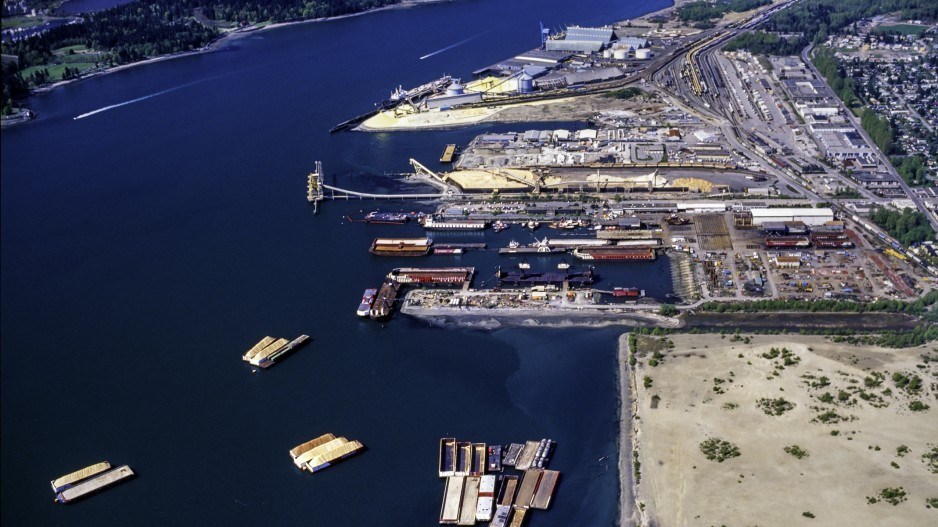Metro Vancouver and Fraser Valley industrial sites have the opportunity to unlock more land, but not in the way that many might think.
A new study shows that industrial sites in the two regions have an oversupply of parking of roughly 50 per cent.
This is based on an analysis carried out at 62 sites across 15 municipalities, according to the Nov. 1 report by the Vancouver chapter of industry association NAIOP and engineering consultant Bunt and Associates Engineering Ltd.
“It is important to provide available locations for businesses to expand and meet their current needs to avoid seeing them consider alternative cities or even countries,” Christephen Cheng, principal and senior transportation engineer at Bunt, said in a press release.
The report sheds light on an “often-overlooked” area of industrial development, he said.
Creating more land on Metro Vancouver’s shores, also known as infill, as well as stacked industrial buildings have been used as solutions to the industrial land squeeze. Findings from the report show that “valuable” industrial land is sitting unused in the form of parking spaces.
The industrial vacancy rate for what the report refers to as the “Greater Vancouver Area,” which includes Metro Vancouver and the Fraser Valley, sits at 1.2 per cent as of the third quarter of 2023.
This is the highest vacancy rate in three years, according to commercial real estate company Colliers International Group Inc. (TSX: CIGI).
The report breaks down how much parking is used across different types of industrial sites. The report concluded that the vast majority of workers (81 per cent) drove to worksites alone.
The report encourages municipalities to create new parking supply rates for industrial sites based on building size and proximity to transit.




